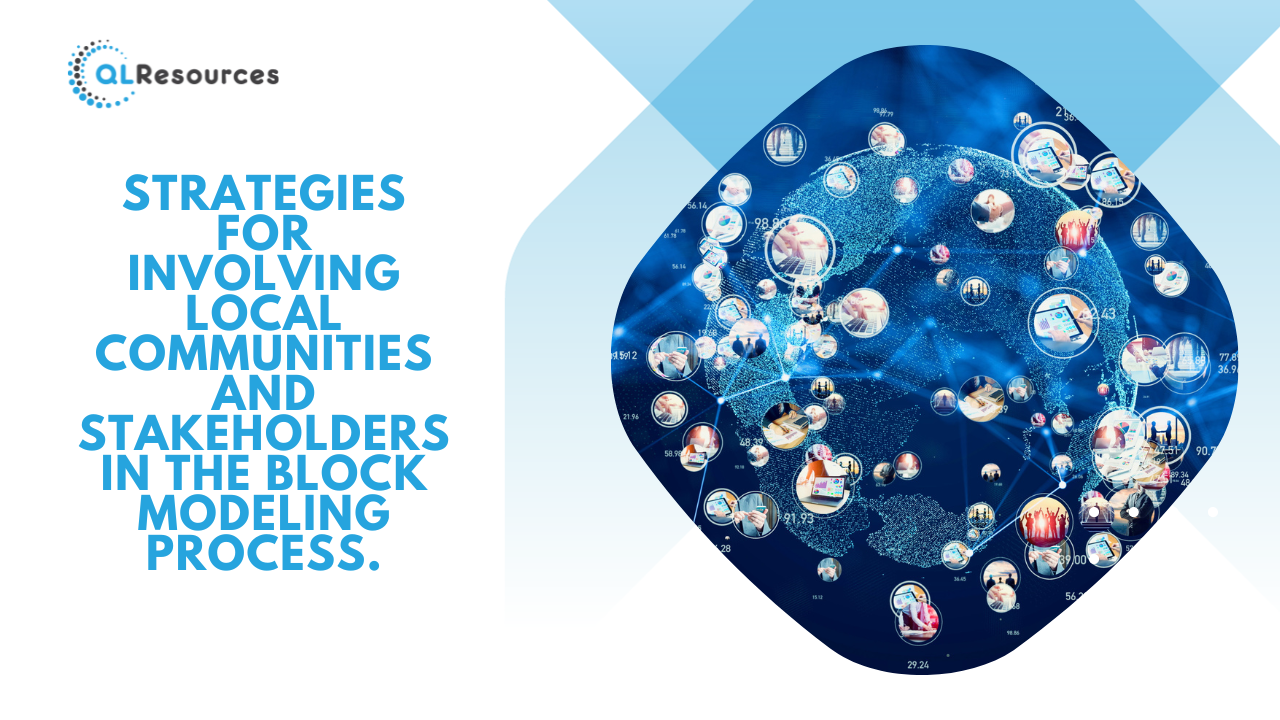
Involving local communities and stakeholders in the block modeling process is essential for responsible and sustainable resource management. Engaging these groups helps ensure that their interests, concerns, and traditional knowledge are taken into account. Here are strategies for involving local communities and stakeholders in the block modeling process:
Early and Transparent Communication:
Begin engagement as early as possible, ideally before the block modeling process starts. Clearly communicate the purpose, objectives, and potential impacts of the modeling project.
Be transparent about the data, methods, and models used in the process, making them accessible to stakeholders.
Identify Key Stakeholders:
Identify all relevant stakeholders, including local communities, indigenous groups, government agencies, NGOs, and industry representatives.
Consider the diverse perspectives and interests within these groups.
Establish Community Liaison Officers:
Appoint community liaison officers or facilitators who can serve as a bridge between the project team and local communities.
These officers should be from or familiar with the local culture and language.
Community Workshops and Meetings:
Conduct regular workshops and meetings with local communities to gather their input, answer questions, and address concerns.
Use these forums to explain technical aspects of block modeling in a way that is understandable to non-experts.
Customised Engagement Methods:
Tailor engagement methods to suit the preferences and needs of local communities. This may include traditional meetings, community gatherings, or online platforms.
Ensure that engagement methods are culturally sensitive and accessible to all.
Incorporate Traditional Knowledge:
Respect and incorporate traditional knowledge and practices into the modeling process. Local communities often have valuable insights about local geology, resources, and environmental conditions.
Impact Assessment:
Collaborate with local communities to assess the potential social, economic, and environmental impacts of block modeling and mining operations.
Use this information to develop mitigation measures and strategies to address concerns.
Capacity Building:
Provide training and capacity-building opportunities to local stakeholders so they can actively participate in the block modeling process and subsequent resource management.
Benefit Sharing:
Discuss and negotiate benefit-sharing agreements that ensure local communities receive a fair share of the benefits generated by mining or resource extraction activities.
Feedback Loops:
Establish mechanisms for ongoing feedback and dialogue. Regularly update stakeholders on the progress of the modeling process and address any emerging issues.
Conflict Resolution:
Develop conflict resolution mechanisms to address disputes or conflicts that may arise during the modeling process.
These mechanisms should be fair, transparent, and impartial.
Environmental and Social Impact Assessments (ESIAs):
Include local communities and stakeholders in the ESIAs for mining or resource projects. Their input can help identify potential risks and impacts.
Independent Audits and Reviews:
Consider involving independent third parties to conduct audits or reviews of the block modeling process and its adherence to community engagement commitments.
Continuous Improvement:
Continuously assess and improve the community engagement process based on feedback and lessons learned.
Legal Compliance:
Ensure that all engagement activities are in compliance with relevant laws, regulations, and international standards.
Engaging local communities and stakeholders in the block modeling process requires a commitment to inclusivity, transparency, and active listening. By involving these groups from the outset and valuing their contributions, you can build trust, reduce conflicts, and create more sustainable resource management practices.